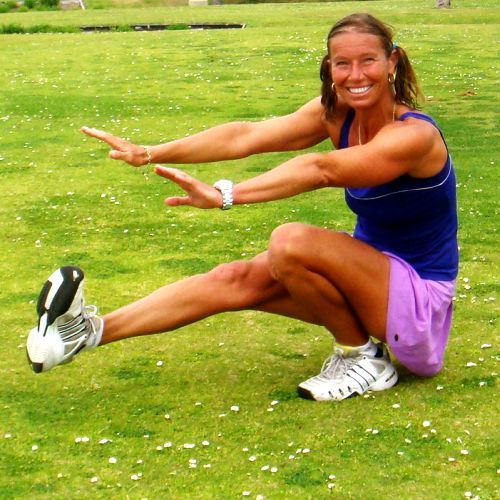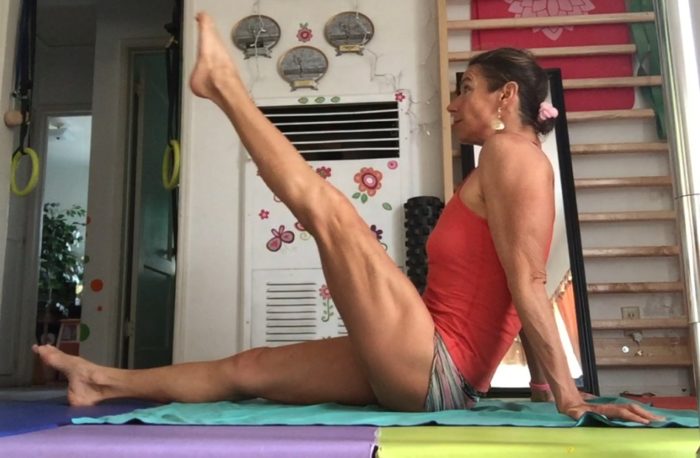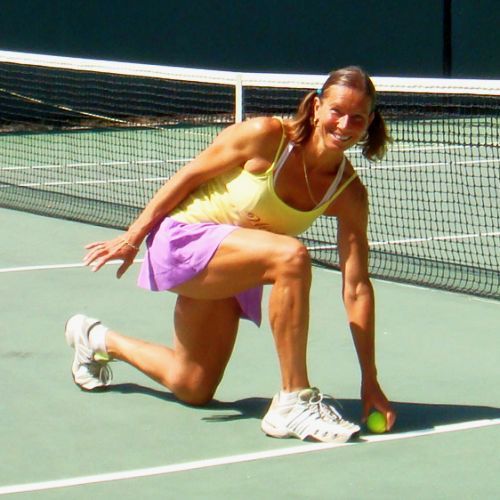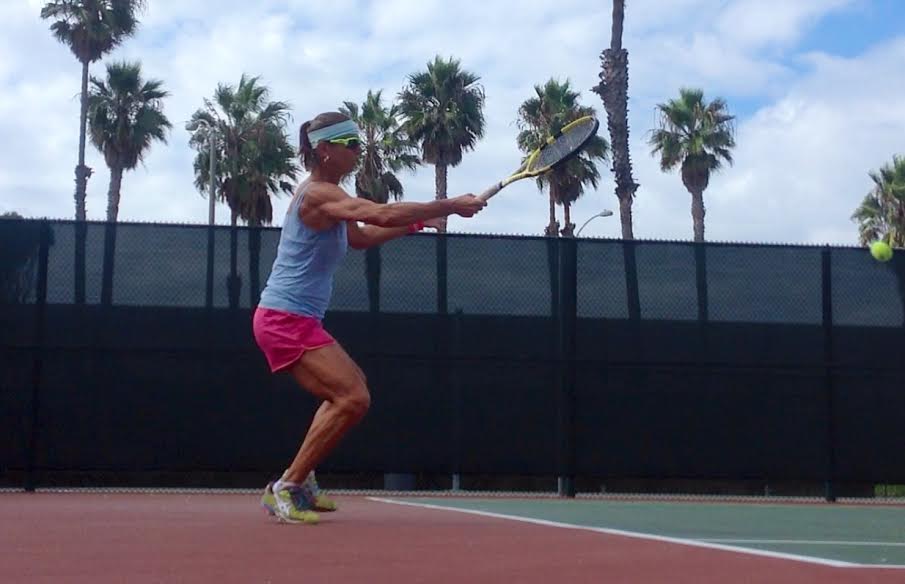Hanging is surprisingly extremely beneficial for you. For your shoulders, elbows, wrists, hands, and the entire spine. As a tennis player, there is a chance that your shoulders are not as flexible and mobile as they should be. Hanging can help you.
Hanging can be defined as a form of suspension with straight arms. It helps to regain the lost overhead reach range of motion and it aids in decrease of shoulder injuries.
If we implemented hanging work into our daily lives, starting from young age and kept going until adulthood and well into an old age, we would never lost our shoulder mobility or had a need of stretching our shoulders. We would eliminate all the neck and tension headaches.
Our fingers, hands, wrists, elbows and even the spine would benefit from daily hanging.
Hanging should be implemented in all fitness programs of beginners and advanced trainees. While hanging is such a basic and important movement, it has been pretty much non-existent in current modern training regimens, besides pole dancers, gymnasts, parkours and climbers.
Benefits of hanging
1) Promotes optimal range of motion
The hanging help shoulder, elbow and wrist healthy. It helps to regain the optimal overhead reach range that was lost to the modern lifestyle. By simply allowing the gravity to do the passive work and by actively working against the gravity will send strong signals to strong adaptation in the shoulder structure.
2) Foundation for further work
Wether you are tennis player, golf player, basket ball player, pole dancer, climber, gymnast, or using your shoulder in any advanced athletic way, the hanging work will build a solid foundation of strong and mobile shoulders. Deficiencies in hanging show in the more advanced work, such as chin-ups, overhead lifts, handstands, or other strength moves.
3) Grip strength and endurance
If you don’t have a strong grip to hold yourself in passive, active or dynamic hanging, you will be very limited in some other strength moves. Also a strong grip will allow you for better tennis technique, as you can remain relaxed in your hand while hitting.
4) Decompresses the spine
It feels great to have the gravity stretch out and elongate your spine. The disc between the vertebrae get more space and rejuvenate better. If you have tightness and imbalances in your hips, they too will adjust and rebalance.
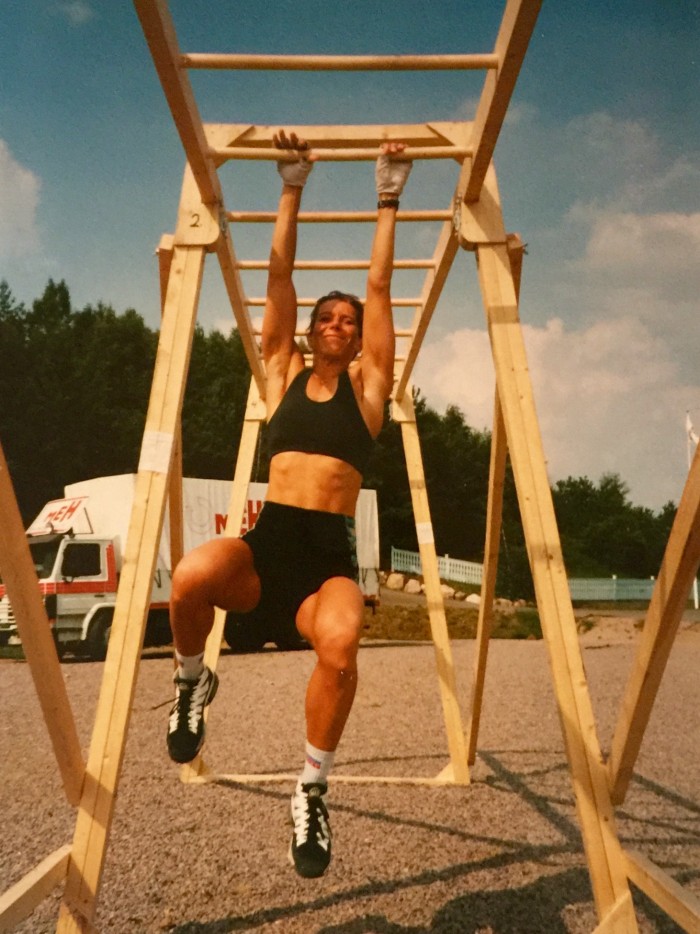
(This is me in 1995, at a obstacle course in Sweden)
Styles of Hanging
1) Passive hanging
Passive hanging is relaxed and non-active. It addresses mostly the passive structural integrity. It is a good element to start for beginners, who have healthy shoulders. You can hang with feet in the air, or supported with your feet, according to your strength and mobility.
2) Active hanging
Active hanging, such as straight arm scapular moves, engages musculature around the shoulders, while minimizing the demands on passive structural integrity. They are more of a strength work.
3) Dynamic hanging
Dynamic hanging uses the combination of active and passive hang elements and additional momentum. You can gently swing from side to side, from hand to hand, and similar.
No style is better than other, and all of them are needed to develop the completely and healthy shoulder structure.
How to hang?
Hanging is slightly different than your regular workout session or tennis training. It is better to hang shorter time, but spread out through the entire day. Hang shortly, but often. The stimulus to your shoulder structures will be more potent.
It won’t feel like training, but like way of life.
It would be great if you could set up a pull-up bar into your doorway, or an anchors into your ceiling where you can hang a bar or gymnastic rings, so the hanging opportunity is always available. If you pass through your living room and encounter your hanging bard all the time, there is a big chance that you will hang for a short moment. Every short moment like this counts toward the health and strength of your shoulders and hands.
Try to accumulate 5—10 hanging minutes every day. Use pronated (palms facing away) or neutral (palms facing each other) grip. It is better to do short burst of hanging, more often. Vary all the hanging styles: passive, active, and dynamic though the day.
Avoid pain when you are hanging. A certain level of strain is ok, but do not push into the pain. If the pressure on your shoulder is too much in the beginning, support yourself by taking away some of your weight with your feet. If there is no strain, there is no adaptation. But be careful, proceed cautiously. It’s better to do a little bit less than do too much.
If you have current shoulder injuries, it would be wise to advise with your health professional, and if he allows, proceed on curing your shoulder injuries with hanging.
Dr. Kirsch has over 20 years of experience in shoulder anatomy and effects of hanging and in his book “Shoulder Pain? The Solution & Prevention” he describes his simple and successful approaches for most shoulder injuries, such as frozen shoulders, torn rotator cuffs and other conditions. He suggests that daily hanging helps with many injuries and helps to avoid surgery, increase range of motion and cures shoulder disability.
Tips on Hanging
1) Hang less time but more often. It is good to receive frequent hanging movement signals
2) Be consents. Hang daily!
3) Use your thumb to wrap the bar. That’s why you have your thumb 🙂 !
4) Vary your hanging tools. Use bars, tree branches, rings, towel, rope, climbing grips, pole, etc. They are all good in a different way. They will all help.
5) Make the grip thicker at times, with wrapped towel, thick pipe, or Fat Gripz and similar tools.
6) Feel the strain, but no pain.
7) Enjoy your hanging.
8) Invite your friends to “hang out”. Then shock them and hang them on your pull-up bar.
Depending on how messed up and dysfunctional your shoulders were, you can start seeing results really fast, often within a few weeks. If you are too tight in many areas, you may need more weeks to hang freely and comfortably, but even you will feel better after only a couple of weeks. Stay consistent, hang daily, and your shoulders will feel great.
.

